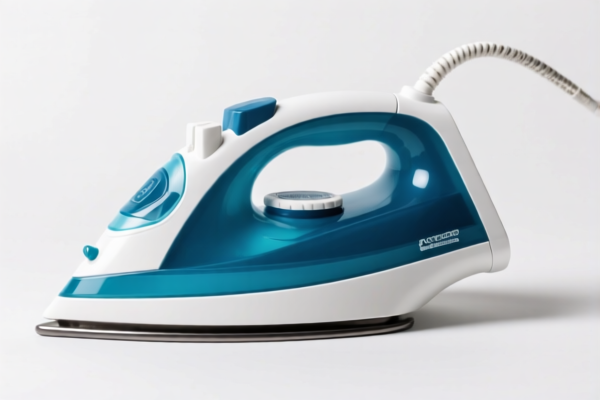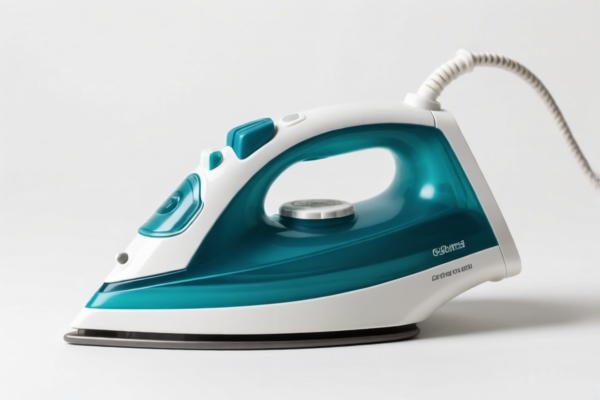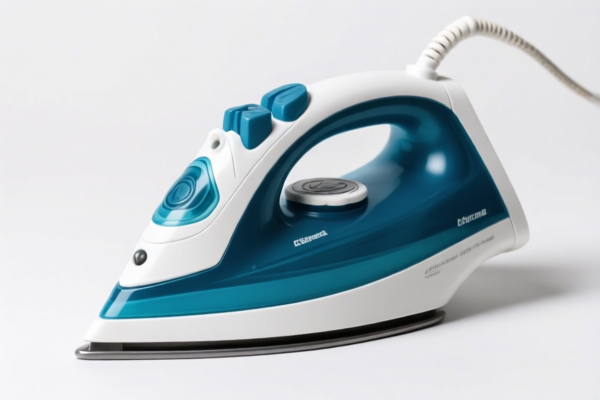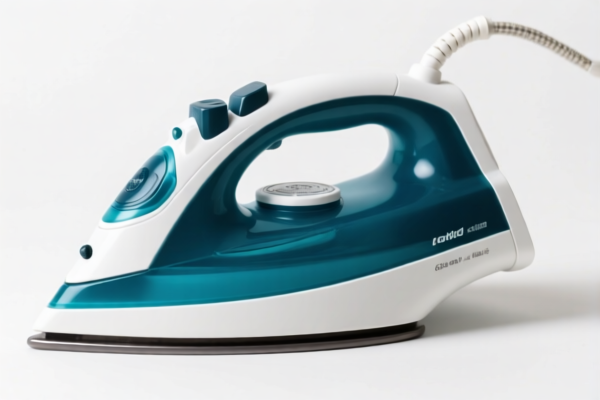| HS Code | Official Doc | Tariff Rate | Origin | Destination | Effective Date |
|---|---|---|---|---|---|
| 8515110000 | Doc | 57.5% | CN | US | 2025-05-12 |
| 8543708000 | Doc | 55.0% | CN | US | 2025-05-12 |
| 8543906800 | Doc | 55.0% | CN | US | 2025-05-12 |
| 8511400000 | Doc | 57.5% | CN | US | 2025-05-12 |
| 8511806000 | Doc | 57.5% | CN | US | 2025-05-12 |




Electric Soldering Iron
An electric soldering iron is a common tool used for joining two or more metal items using a melting alloy known as solder. It provides concentrated heat directly to the joint to melt the solder and create a permanent bond.
Materials
- Heating Element: Typically a resistance heater, often made of nichrome wire, which converts electrical energy into heat.
- Tip: Usually made of copper, often plated with chrome or other materials to prevent corrosion and improve heat transfer. Tip shapes vary based on application (see Common Types).
- Handle: Constructed from heat-resistant plastic or other insulating materials to protect the user.
- Barrel: The metal casing housing the heating element and tip, often made of steel.
- Power Cord: Provides the electrical supply. Some irons are cordless, utilizing a rechargeable battery and a charging base.
Purpose
The primary purpose of an electric soldering iron is to create a reliable electrical connection and/or a strong mechanical bond between metal components. It is widely used in:
- Electronics assembly: Connecting components on printed circuit boards (PCBs).
- Electrical repair: Fixing wiring, replacing components, and making connections.
- Plumbing: Joining copper pipes (often with specialized solder).
- Jewelry making: Assembling and repairing jewelry.
- DIY projects & Hobby work: A versatile tool for a wide range of metal joining tasks.
Function
The iron operates by:
- Electricity Flow: When plugged in and switched on, electricity flows through the heating element.
- Heat Generation: The resistance of the heating element converts electrical energy into heat.
- Heat Transfer: The heat is conducted through the barrel and transferred to the soldering tip.
- Solder Melting: The heated tip is applied to the joint to be soldered, melting the solder.
- Bond Formation: The molten solder flows into the joint, creating a metallic bond as it cools and solidifies.
Usage Scenarios
- PCB Assembly: Soldering components (resistors, capacitors, ICs) to pads on a printed circuit board. Requires a fine tip and precise temperature control.
- Wire Connections: Joining wires together, often with heat-shrink tubing for insulation.
- Pipe Soldering: Joining copper pipes for plumbing applications, requiring flux to clean the metal surfaces.
- Surface Mount Soldering: Used with specialized tips and techniques for soldering small surface mount components.
- Desoldering: Removing solder from joints using a desoldering pump or wick.
Common Types
- Fixed Temperature Irons: These irons have a single, preset temperature. Less expensive but offer less control.
- Variable Temperature Irons: Allow the user to adjust the temperature, providing greater control for different applications.
- Temperature-Controlled Stations: Include a separate control unit with a digital display and precise temperature regulation. Often include features like preset profiles and error detection.
- Tip Styles:
- Conical: General-purpose, good for small components.
- Chisel: Good for larger components and through-hole soldering.
- Bevel: Useful for drag soldering and surface mount work.
- Knife: For precision work and removing solder.
- Fine Point: For very small components and intricate work.
- Corded vs. Cordless: Corded irons provide consistent power, while cordless irons offer greater portability.
Electric soldering irons fall under the category of machines and apparatus for soldering.
Here are the relevant HS codes based on the provided reference material:
- 8515110000: This HS code covers electric (including electrically heated gas), laser or other light or photon beam, ultrasonic, electron beam, magnetic pulse or plasma arc soldering, brazing or welding machines and apparatus, whether or not capable of cutting; electric machines and apparatus for hot spraying of metals or cermets; parts thereof: Brazing or soldering machines and apparatus: Soldering irons and guns.
- 85: Electrical machines and apparatus; parts thereof. This chapter broadly covers electrical machinery.
- 15: Electrical machines and apparatus having individual functions, not specified or included elsewhere in this chapter. This heading focuses on specialized electrical machines.
- 11: Brazing or soldering machines and apparatus. This subheading specifically addresses machinery used for brazing and soldering processes.
- 00: Soldering irons and guns. This further specifies the type of machinery covered – soldering irons and guns.
Regarding HS code 8515110000, the total tax rate is 57.5%, comprised of a 2.5% base tariff and a 25.0% additional tariff. This additional tariff is scheduled to increase to 30% after April 2, 2025.
Customer Reviews
No reviews yet.